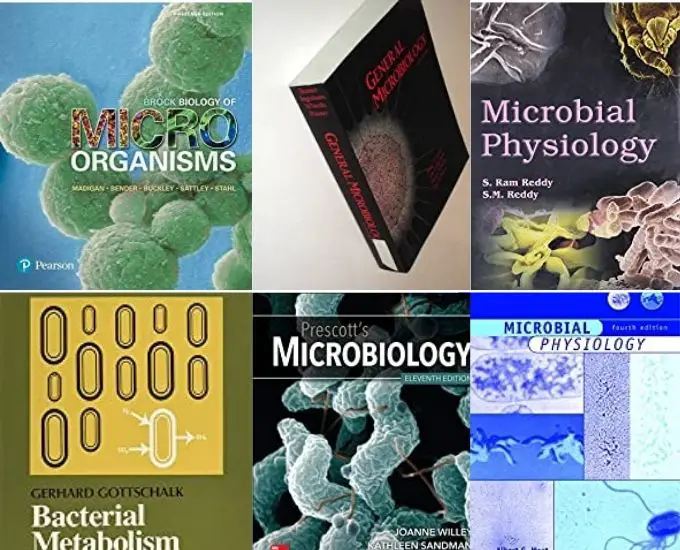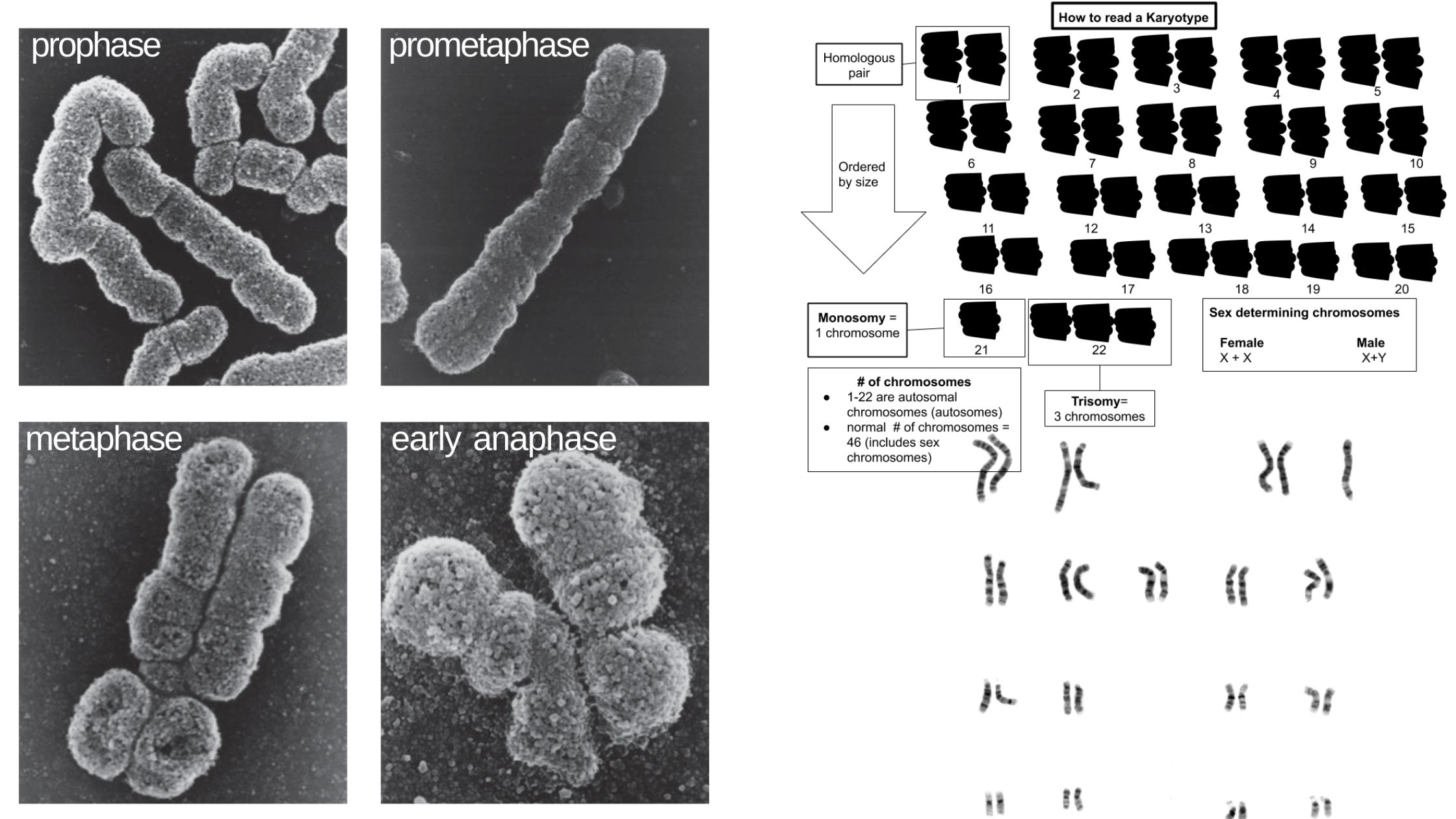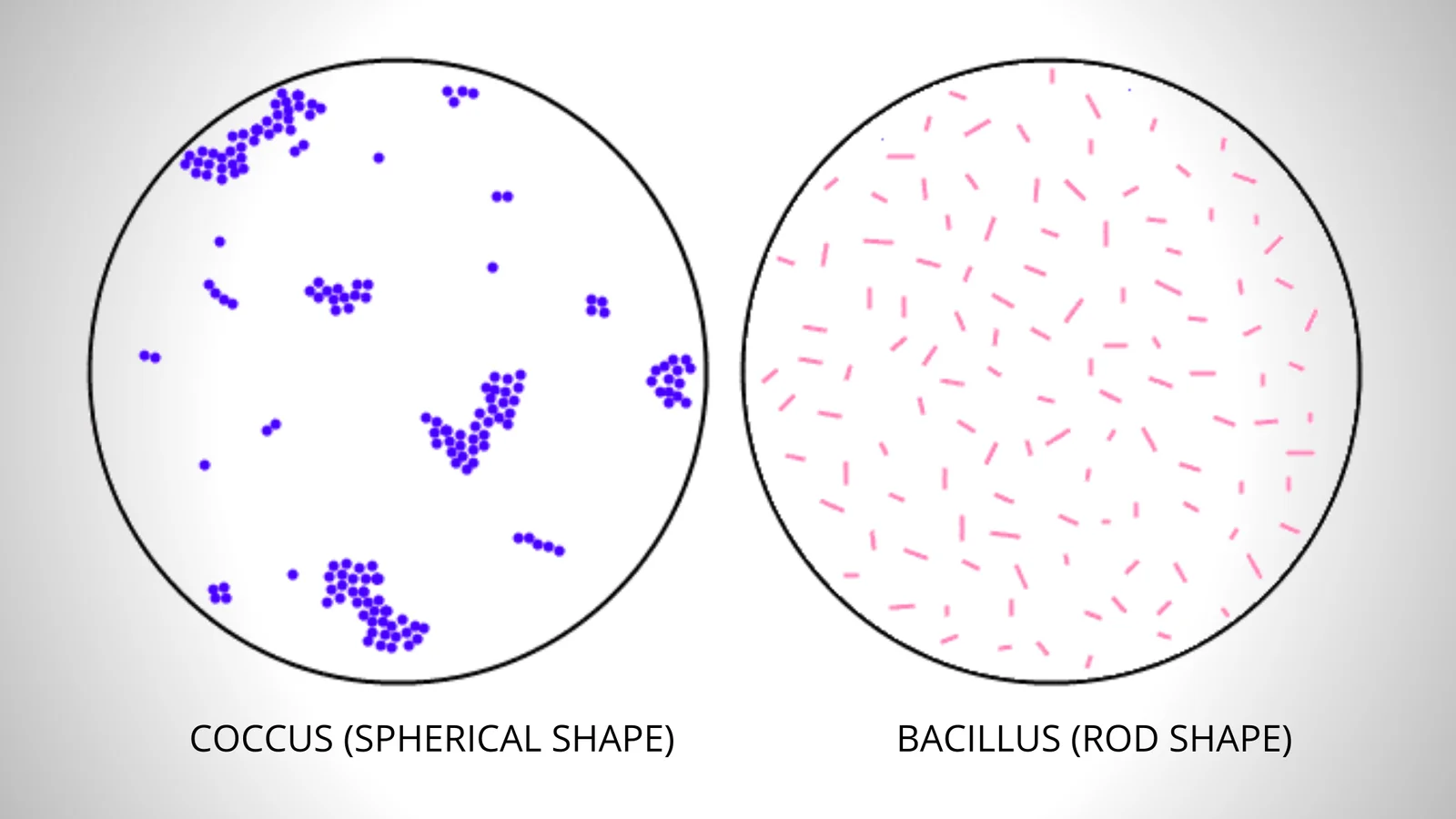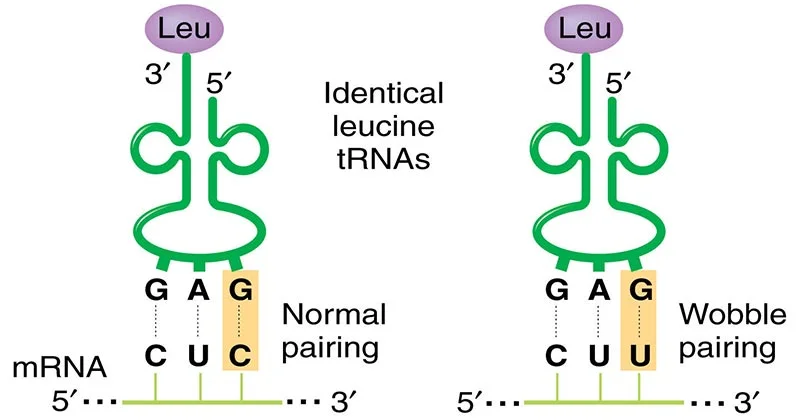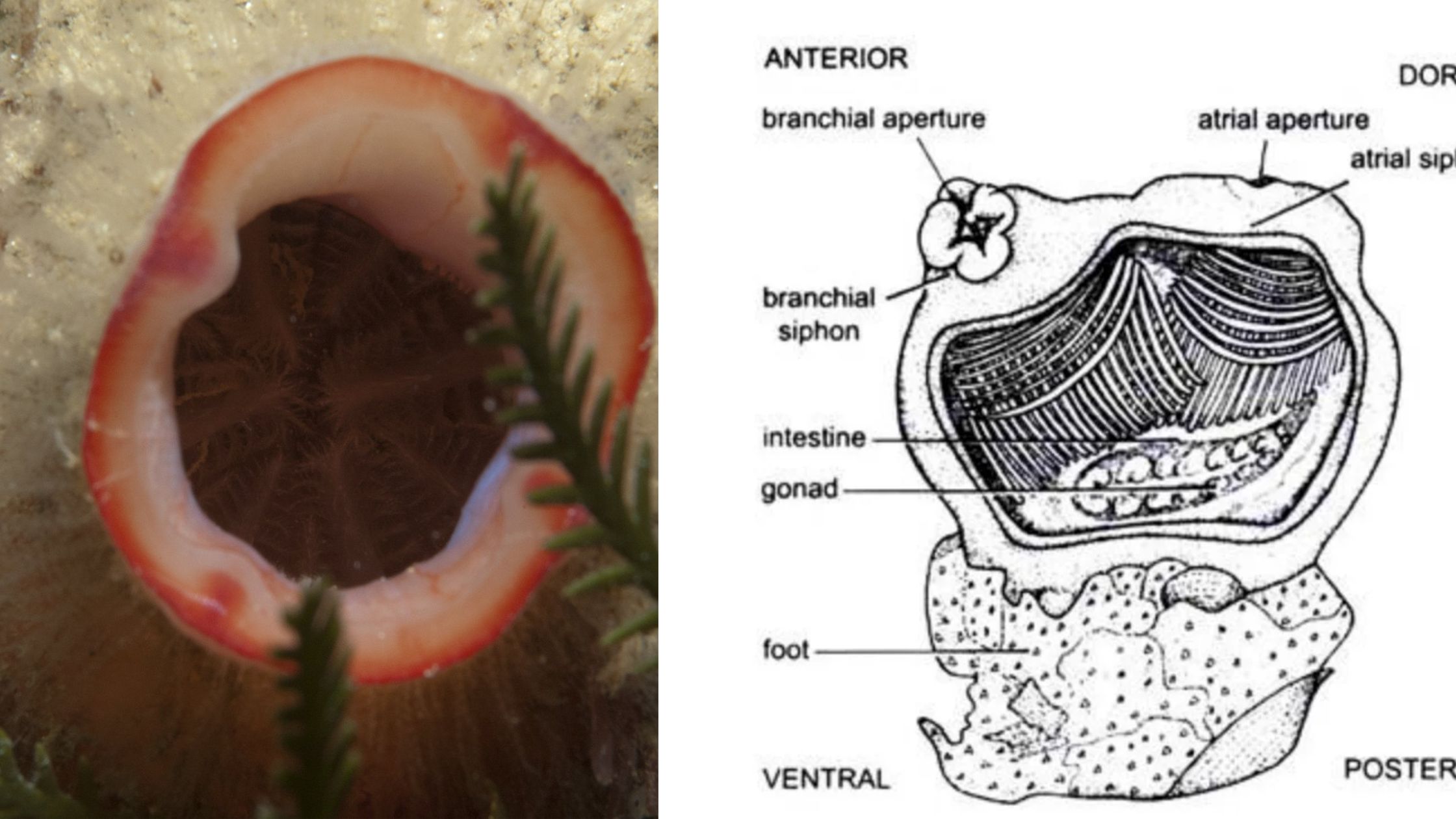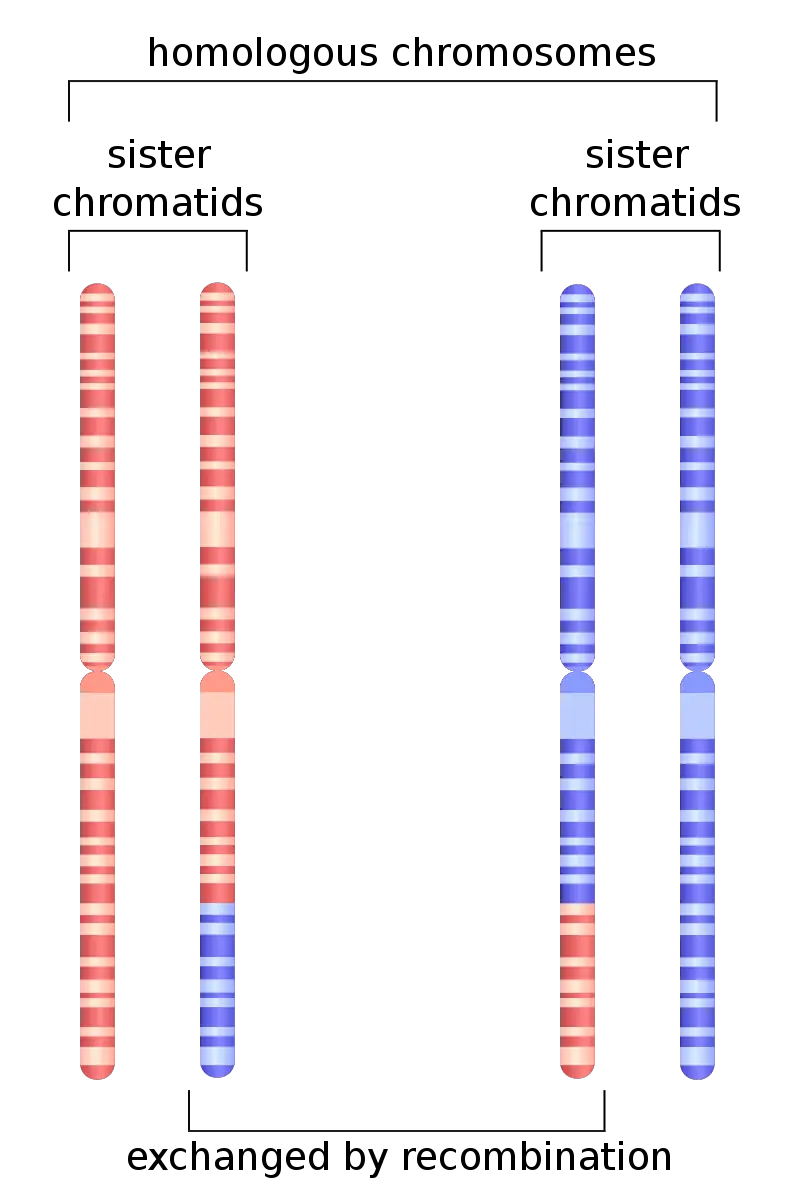Top 6 Books on Microbial Physiology and Metabolism
In this article, I will share a list of top and best books on Microbial Physiology and Metabolism. In this paper, you will study about Microbial Growth and Effect of Environment on Microbial Growth, Nutrient uptake and Transport, Chemoheterotrophic Metabolism – Aerobic Respiration, Chemoheterotrophic Metabolism- Anaerobic respiration and fermentation, Chemolithotrophic and Phototrophic Metabolism, Nitrogen Metabolism. … Read more
